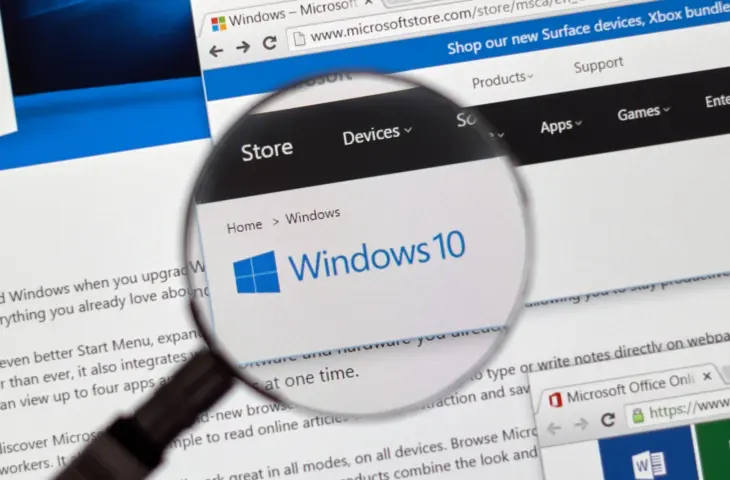Even after the support deadline of October 14, you can still keep using Windows 10 computers safely. Microsoft offers one year of additional support at no extra cost in Europe, at least for consumers.
Microsoft is ending official support for Windows 10 on October 14, 2025. From that moment, the company will no longer roll out feature updates or security updates to the operating system.
What Exactly is the Problem?
Especially the latter is a problem: code of an operating system like Windows is very complex today. It needs constant updates to prevent hackers from finding and exploiting vulnerabilities. Continuing to use Windows 10 without additional updates is theoretically possible, but carries risks. The further past the October 14 deadline, the more outdated the code becomes and the greater the chance of security issues.
read also
Windows 10 is Still Running on more than a Third of PCs in Belgium
The most convenient option to stay safe: update your computer to Windows 11. Unfortunately, Microsoft requires that a PC has a so-called TPM 2.0 module. This is a security chip that Windows 11 can use for certain functions. No chip? Then the computer is officially not compatible with Windows 11 and you cannot update. This is frustrating, since there are still many desktops and laptops in circulation that work perfectly and are only threatened with the scrap heap due to the absence of a TPM 2.0 chip.
What is the Solution?
Fortunately, there is a solution: Microsoft’s Extended Security Updates (ESU). Under the ESU program, Microsoft offers businesses the opportunity to enjoy additional security updates for up to three years for a fee. This keeps Windows 10 safe to use for three extra years.
For the first time, Microsoft would also offer the ESU program to consumers. When are you a consumer according to Microsoft? When your device is not connected to Microsoft Entra, an Active Directory domain, or an MDM solution. Devices in kiosk mode also don’t qualify. A small SME or a freelancer with a Windows 10 device Account (Home or Pro) falls under the consumer category according to Microsoft.
Initially, Microsoft wanted to charge 30 euros per year to keep consumers safe. This received enormous criticism from the EU: Microsoft would artificially reduce perfectly good devices to scrap, unless you paid an additional 30 euros. The criticism has had an impact: ESU remains, but the price tag has disappeared at least for the first year.
How Do You Sign up for ESU?
Although the Extended Security Updates for consumer devices are free, you don’t get them automatically. You need to sign up. Microsoft wants to get something out of it and focuses on the Microsoft account. You can only sign up for ESU when you’re logged in with a Microsoft account (MSA).
So first check whether you’re logged in as the device administrator with such an account. In many cases, this will already be in order. If you only have a local account, you need to link it to a Microsoft account.
- Make sure your PC’s user account is definitely linked to a Microsoft account.
Furthermore, you need to run a minimum version of Windows 10. ESU is available for Windows 10 22H2 (launched late 2022) and higher. Upgrading a system to that version is always possible in principle.
- Update your system to Windows 10 22H2 or newer.
Starting October 7, Microsoft begins rolling out ESU. This means concretely that as a Windows 10 user, you can receive a notification from then on to sign up via your notifications. The notification can also be found later via settings.
- Sign up via Microsoft’s notification or via settings (when that option appears)
Don’t panic if you haven’t seen anything yet: the rollout happens in phases. In principle, you’ll receive the relevant notification during October. Signing up for ESU is possible for one year, until the free program expires on October 13, 2026.
So click on the notification when you receive it, and check the settings occasionally. Once your system is enrolled, it receives security updates until the new deadline of October 13, 2026.
What if You Don’t Want an MSA or Aren’t a Consumer?
For consumer devices, a Microsoft account is mandatory to activate ESU. If you don’t want to use an MSA afterward, that’s possible. The updates no longer remain free in that case: in that scenario, Microsoft charges the previously communicated price of 30 euros excl. VAT.
Businesses must arrange the ESU program through a different route and at different rates. Microsoft asks a starting price of 61 dollars per device for the first year. For businesses, the program runs for three years, with costs that increase each year. Microsoft sells licenses via the
